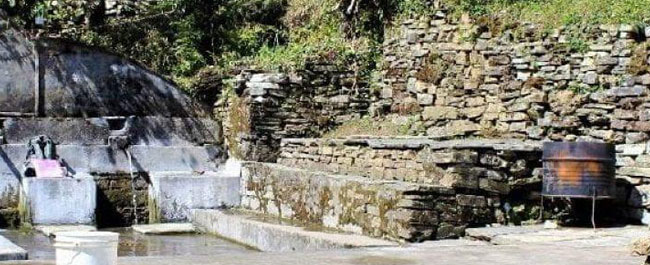
Climate change represents one of the most significant challenges of the 21st century and threatens progress on the Sustainable Development Goals on reducing inequality, food insecurity, childhood mortality and environmental degradation.
The primary way in which climate change manifests itself is by altering the hydrological cycle, both through extreme events and long-term changes. With increase in temperature and less predictable weather patterns, storms will become more severe, precipitation is likely to either decrease overall or increase in intensity, and rising sea levels are likely to inundate coastal regions and impact groundwater quality by the year 2100. This poses significant risks to water resources which directly affect water and sanitation services, worldwide. Low- and middle- income countries, that are already the most vulnerable, will be disproportionately affected by climate change.
These changes in water resources have implications for freshwater availability and human health. Heavy rainfall and flooding have been associated with outbreaks of cholera, acute watery diarrhoea, rotavirus, and norovirus. Ocean warming and subsequent sea level rise can cause ingress of saltwater into aquifers, affecting the drinking water quality of coastal communities. Reduced availability of improved sources may drive people to use unimproved sources for domestic water needs or revert to unsafe sanitation and hygiene in the absence of adequate water for flushing and handwashing. This can undercut the improvements made in access to safe water supply, sanitation and hygiene over the last two decades, according to The Sustainable Development Goals Report 2019.
Our work on WASH and climate change looks at developing indicators that can routinely be used by operators, governments and NGOs to measure the resilience of water and sanitation systems.
Projects
Developing climate vulnerability assessments

